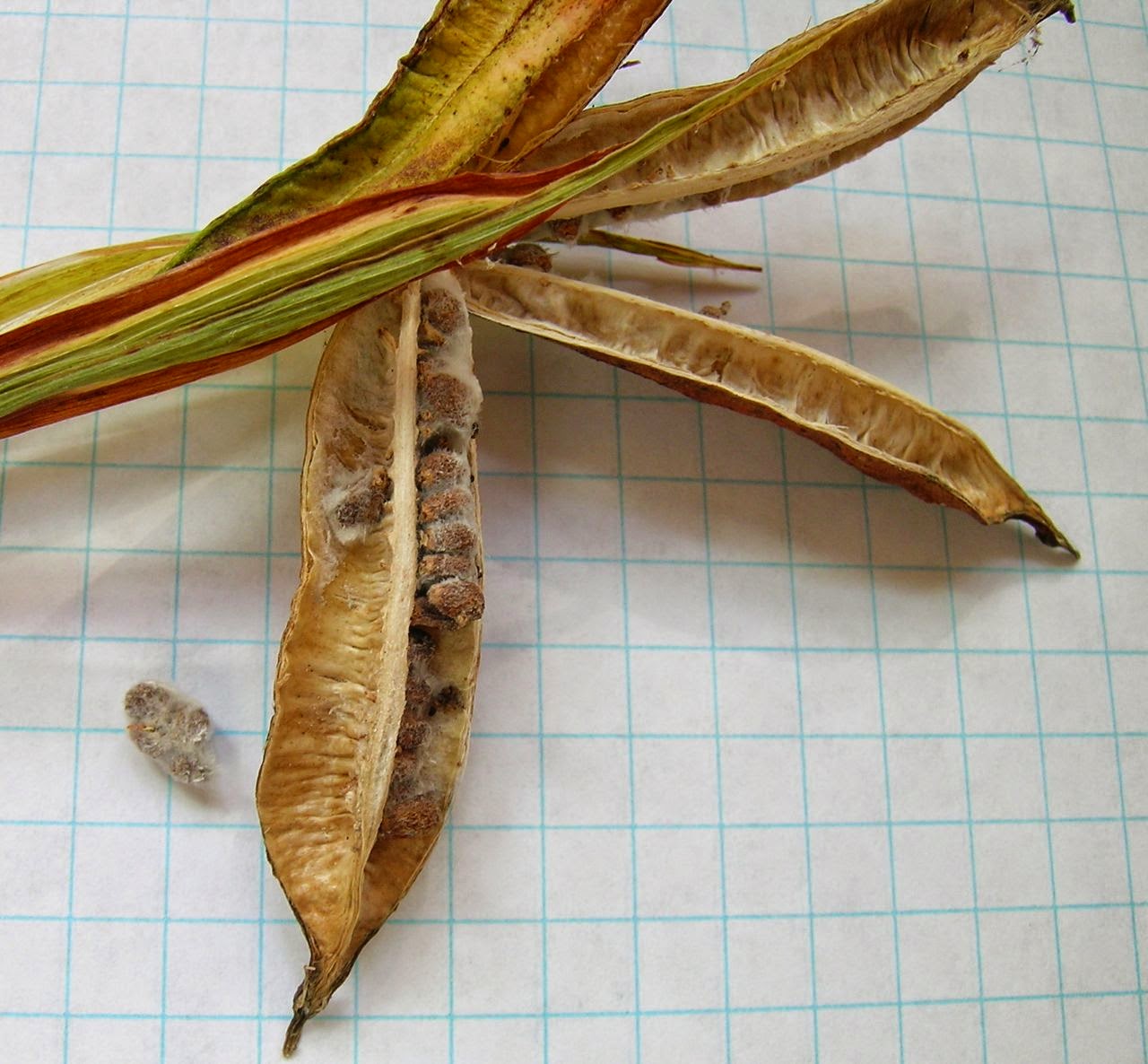Kathleen
Sayce
It's
the wintery time of year in the northern hemisphere, when gardeners
think about the coming growing season, and when iris seeds are
distributed from seed exchanges. When PCI seeds are fresh, plant them
immediately, and within weeks seedlings will appear. But who has
fresh seeds? To send seeds to a seed exchange, they must be
thoroughly dry, or they will mold in the seed packets. Alert readers
will recall that I wrote about this last fall. Once PCI seeds are
dry, they may have to be coaxed into germination. If
those seeds are more than three years old, the coaxing might have to
be pretty thorough.
Some
general seed starting tips:
First,
PCI seeds don't like 'warm' conditions for germination. 'Warm' when
compared to many cultivated perennials is 60 F and above––in a
cool to warm greenhouse, for example. PCI seeds germinate best
between 40-55 F; the actual temperature varies with the species.
Tenax and innominata like cooler temperatures, munzii definitely
prefers the warmer end. Most hybrids germinate towards the warmer end
of the range, around 50 F, though it's always better to stay on the
cool side with any PCI seed lot for which the genetic source is unknown.
Second,
if the seeds are truly fresh, and were not completely dried, then
plant them immediately in well drained potting soil. Soak the pot
with several waterings, put them somewhere bright and cool, and stand
back. They will be up within weeks.
Third,
if the seeds are old, particularly more than three years old, it may
help to presoak them in fresh water. Presoaking can be in a dish of water, a small plastic bag, or in a mesh bag hung in the water tank of your toilet. Keeping the seeds at 40-50 F while presoaking may also help; my soaking seeds are kept in an unheated shop that stays between 40-55 degrees all winter.
Fourth, scarify them, removing some of the seed coat by gently rubbing the seeds between two sheets of fine sandpaper or scrubbing them gently in a food mill.
Fourth, scarify them, removing some of the seed coat by gently rubbing the seeds between two sheets of fine sandpaper or scrubbing them gently in a food mill.
 |
| A food mill is a great tool to rough up seed coats. Put the seeds in, rotate the handle 10-20 times, and shake out the bits of seed coat that were scraped off. |
I've
tried one, two, three, up to thirty days of soaking, and also hung
mesh bags of seeds in the water tank of the toilet. By weighing the
seeds day by day as they soaked, I tracked the uptake of water,
watched the seed coat loosen, and in some cases, saw the radicle (the
proto-root) emerge.
 |
| Yes, those are emerging proto-roots and shoots on PC Iris seeds. They were scarified and soaked in water, and burst out of their seed coats, ready to grow. |
I
wrote about these methods for the
SPCNI Almanac
in Spring 2012, if you would like to read about the details of my
tests. [This winter the SPCNI web manager will post back issues
of the Almanac
and Pacific Iris
on the SPCNI website (www.pacificcoastiris.org
); past years' issues will be available to the public, including the
first 40 years of the Almanac.]
Here's
a new method to try––one I plan to test next year: Soak seeds in
cold tea. [I decaffeinate tea at home by steeping loose tea leaves in
boiling water, use a French coffee press (or a sieve), time the steep
for 45 seconds, pour off the water (save it for seed soaking), add
fresh hot water to steep for the cup of tea to drink.] When soaking
Iris seeds, change the cold (not hot!) tea every day. For some kinds
of irises, this acidic, tannin-rich water seems to help remove
germination inhibitors. And it allows you to enjoy teas even when you
can not tolerate caffeine––which happened to me last year very
abruptly after a lifetime of drinking fully-loaded black teas.
Choices for potting PCI seeds are wide. Any container that can hold
potting soil and drain off water will work. I've migrated to large
rectangular styrofoam boxes (AKA fish boxes) over the past few years.
I punch holes in the bottom, fill with a 1:1 mix of coarse pumice and
potting soil, put the seeds on the top in rows, add labels, and a
covering of chicken grit (usually granite). Then the planters go
outside for the year––and no matter what the weather, they stay
outside. I put them on the east side of my house where they get rain,
wind, snow, a half day of sun, a rain of conifer needles, the
occasional tree branch, and are close to a hose bib for summer
watering. The seeds and subsequent seedlings spend a year in this
container. This way, they have cool deep root runs, and are fine for
their second winter. They are planted out the second spring, about 15 months after planting.
I
practiced fall planting of seedlings for years, until I lost ninety
percent of them a couple of years running to mid fall snow and
freezing weather. Now I wait for early spring, and plant out sturdy
year old plants instead.
My
methods for seed germination are in place for the new year, including
a test of a new method. What are you planning to do?









































